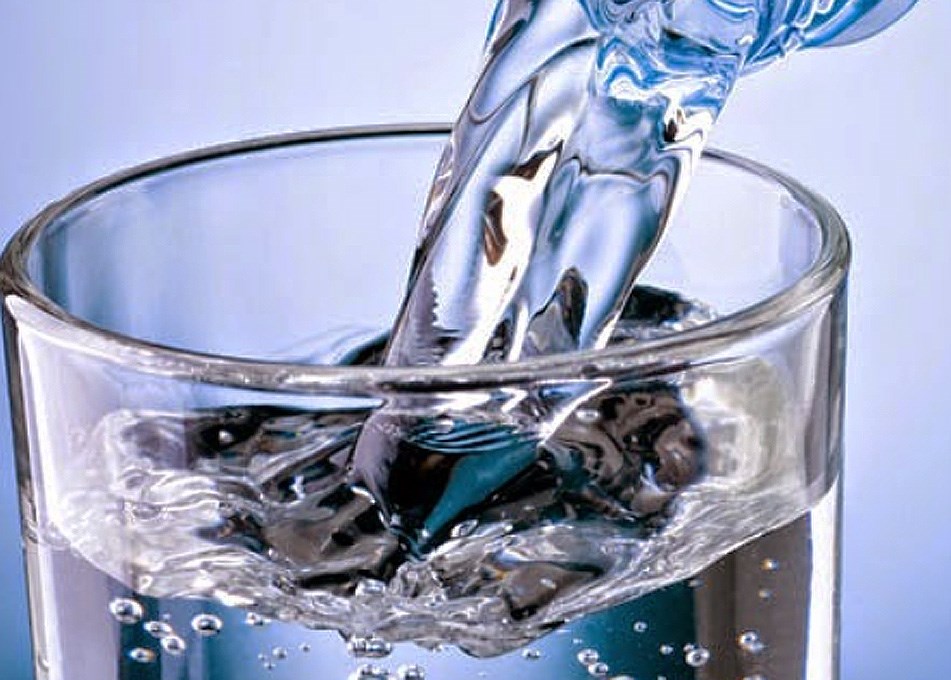Drinking water in Burnaby passed the 2019 quality testing with flying colours, according to a report to council.
Last year, the City of Burnaby obtained 1,563 samples of drinking water from 63 dedicated testing locations throughout the waterworks system in the city, while Metro Vancouver took another 1,134 samples from its water system in city bounds.
A Metro Vancouver lab analyzed all samples for total coliform, E. coli, heterotrophic plate count (HPC, an early indicator of bacterial regrowth in water mains) and turbidity.
“Overall the water quality continues to maintain excellence as in recent years,” reads a staff report to council.
The tests found no E. coli in the water, while total coliform was found in three samples but never past the levels permitted in B.C. regulations.
Staff also wrote that free chlorine residuals in the water has improved in recent years, with 97.6% of the city’s samples achieved the goal of 0.2 milligrams per litre or above. The World Health Organization generally recommends free chlorine levels of 0.2 to 0.5 mg/L in locations not prone to cholera outbreaks.
With respect to turbidity, the city’s tests found 99.6% of all tests showed less than 1 nephelometric turbidity unit (NTU, the unit used to measure the particulate matter in water). The WHO recommends turbidity of lower than 5 NTU and preferably lower than 1 NTU in chlorinated systems.
City staff wrote that the city follows up on samples showing high turbidity by immediately flushing the attached water main and re-sampling.



